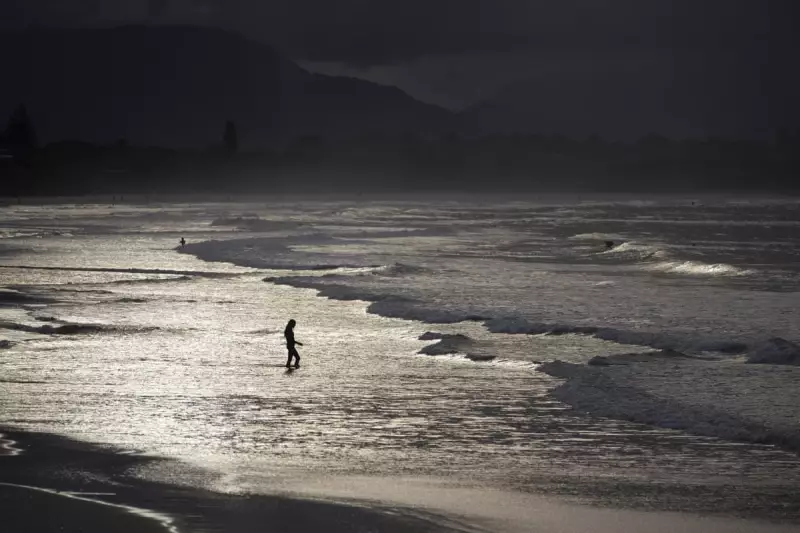
Australia is confronting its most severe water safety crisis in modern history, with shocking new figures revealing the highest annual drowning death toll since records began three decades ago.
The latest national report confirms 294 people tragically lost their lives in Australian waterways between July 2023 and June 2024, marking a devastating 7% increase from the previous year and the worst figures recorded in 30 years.
Coastal Waters Claim Most Lives
Beaches and coastal locations proved particularly deadly, accounting for 40% of all drowning fatalities. The data reveals a disturbing trend of increasing coastal incidents, with 117 deaths occurring in ocean environments.
Rip currents were identified as the primary killer in coastal drownings, highlighting the ongoing danger these powerful water flows pose to swimmers of all experience levels.
High-Risk Groups and Locations
The statistics reveal several concerning patterns that water safety authorities are urging the public to recognise:
- Males accounted for 85% of all drowning deaths, continuing a long-term trend of over-representation
- Rivers and creeks remain high-risk locations, particularly for fishing and non-aquatic activities
- 25% of deaths occurred while swimming and recreating
- 17 people died while using watercraft
- 15 fatalities occurred during diving and snorkelling activities
Geographical Distribution of Tragedies
The drowning crisis has affected states differently, with New South Wales recording the highest number of deaths at 98. Queensland followed with 68 fatalities, while Victoria reported 46 drowning deaths during the reporting period.
Western Australia and South Australia recorded 25 and 16 deaths respectively, with Tasmania reporting 9 fatalities. The Northern Territory, despite its smaller population, recorded 15 drowning deaths.
Call for Urgent Safety Measures
Water safety organisations are calling for immediate action to address this national crisis. The Royal Life Saving Society and Surf Life Saving Australia have jointly emphasised the need for:
- Improved public education about rip currents and coastal dangers
- Increased investment in lifesaving services and equipment
- Enhanced swimming and water safety education programs
- Greater awareness of alcohol consumption around water
The organisations stress that many drowning deaths are preventable through basic water safety knowledge, recognising dangerous conditions, and swimming at patrolled locations between the flags.
As summer approaches in the Southern Hemisphere, authorities are urging all Australians to respect the water and prioritise safety when enjoying the country's beautiful but often dangerous waterways.





